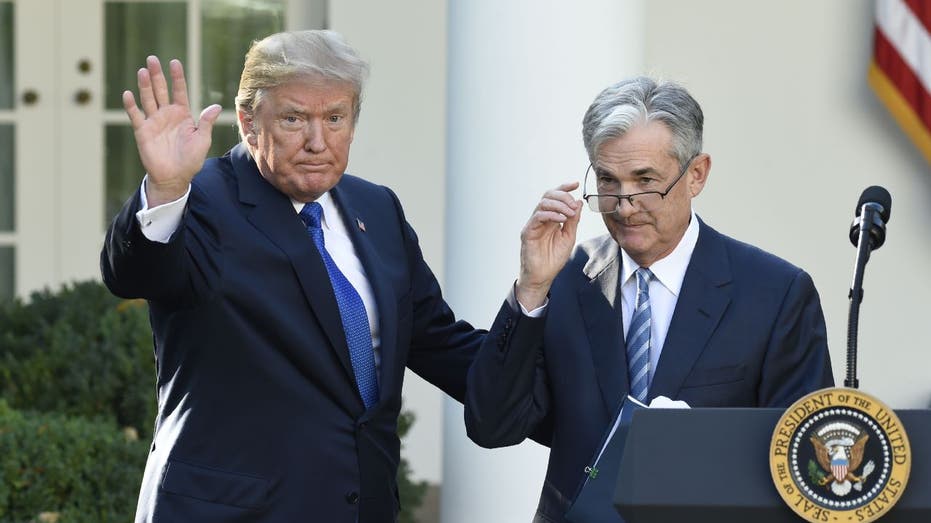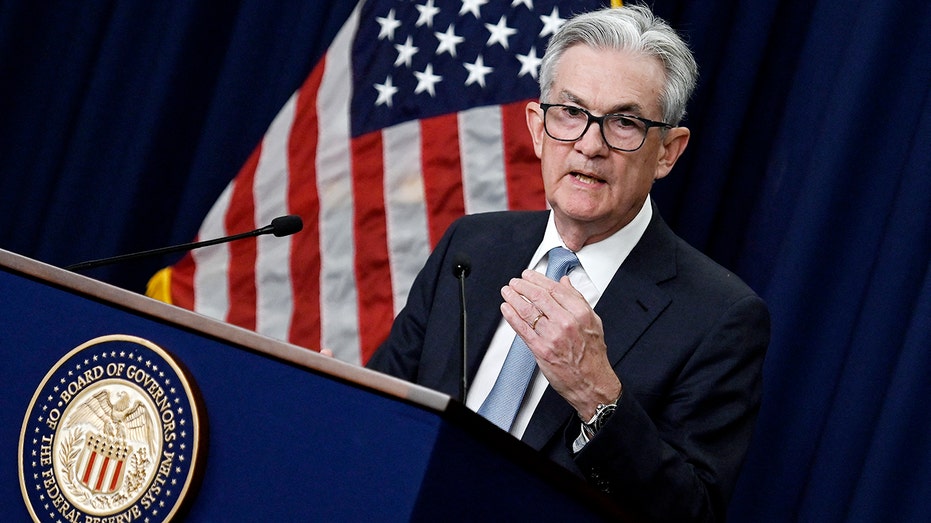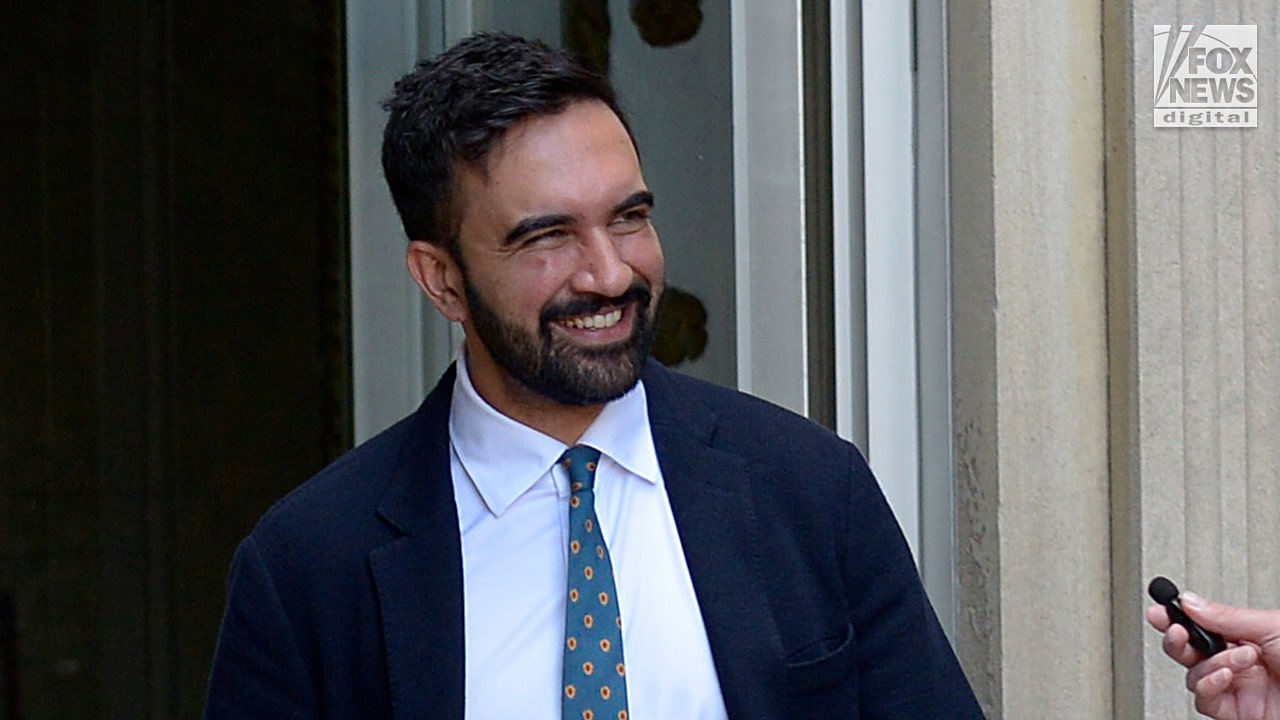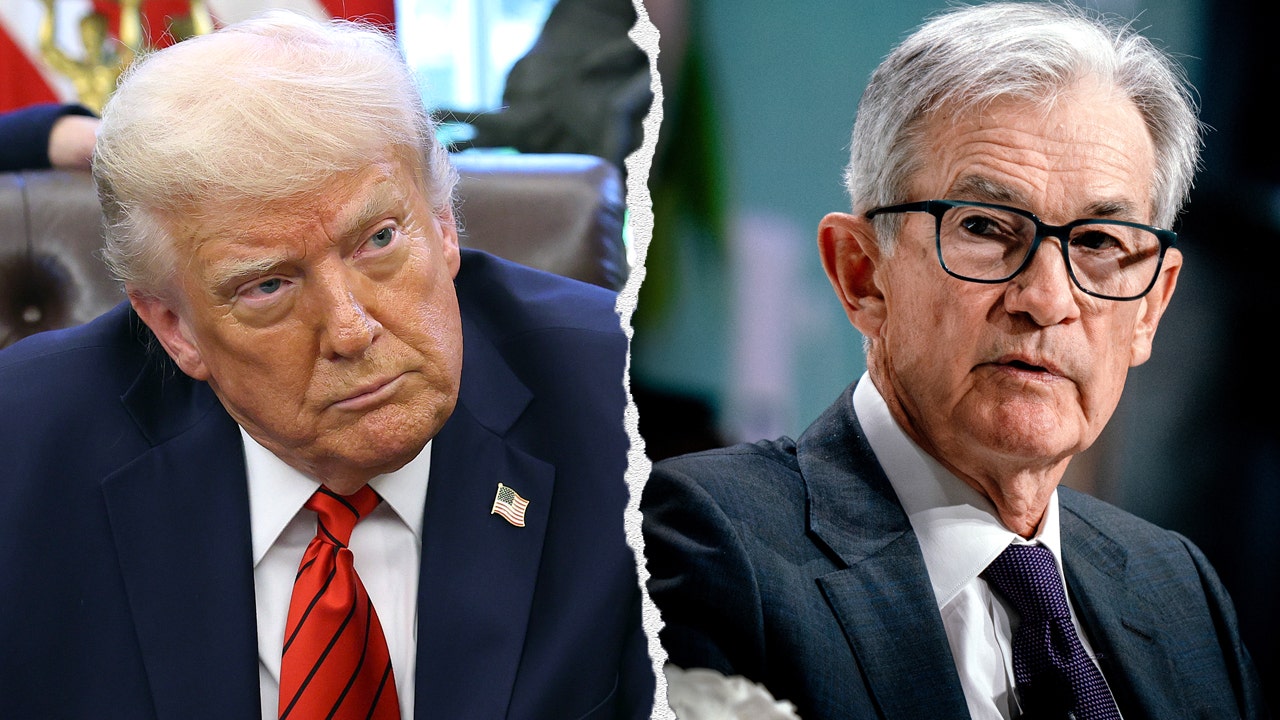According to a J.P. Morgan research note, President Donald Trump’s efforts to pressure the Federal Reserve into cutting interest rates could risk undermining the central bank’s independence, raising the risk of inflation or politically-influenced monetary policy mistakes.
Trump has repeatedly urged the central bank to cut interest rates by as much as three percentage points to boost the economy and lower the cost of servicing America’s more than $36 trillion national debt. He has suggested on several occasions that he may attempt to fire Federal Reserve Chair Jerome Powell, only to backtrack and repeat his calls for lower rates.
This week, Trump acknowledged that he discussed potentially firing Powell in a meeting with House Republicans, but told reporters that he doesn’t think he will move forward with that plan.
Michael Feroli, chief U.S. economist at J.P. Morgan, wrote in a note Wednesday that with respect to Powell’s potential removal the “immediate crisis may have passed, though we doubt we are entirely done with this saga.”
ATLANTA FED CHIEF BOSTIC DOWNPLAYS TRUMP-POWELL TENSION WHILE EXPRESSING CAUTION ABOUT RATE CUTS
Feroli noted that federal law prohibits removing a member of the Federal Reserve Board except “for cause” which is typically considered to cover instances of malfeasance or dereliction of duty, as opposed to policy disagreements about interest rate levels.
“The cause which is being discussed is the cost overruns on the renovation of the Fed’s main building in Washington, DC. It is hard to know where this could go as there doesn’t appear to be much historical precedent for determining the boundaries of a ‘for cause’ removal of the director of an independent agency,” Feroli wrote.
A recent Supreme Court ruling in the case Trump v. Wilcox allowed the president to remove a member of the National Labor Relations Board who had “for cause” protections. The ruling, however, referenced the Fed as a separate case and distinguished it as a “uniquely structured, quasi-private entity,” which could protect the central bank’s governors from an at-will termination.
POWELL SHARES WHAT IT WOULD TAKE FOR HIM TO LEAVE THE FED, BOOK REVEALS

Efforts to remove Powell or demote him from his role as chair of the Fed’s board could weaken the central bank’s independence, which could shake financial markets’ confidence in U.S. monetary policy if it becomes more susceptible to political influence.
Feroli explained that economists “generally believe it is beneficial to remove monetary policy from the political cycle” because the “short time horizon of the electoral calendar could otherwise tempt politically oriented monetary policymakers to try to stimulate the economy even when it is inappropriate from a longer-run perspective.”
For example, lower interest rates can spur economic activity and increase inflationary pressures in the economy, so cutting rates when inflation is elevated or on the rise could fuel further price growth.
GOLDMAN SACHS SAYS UNDERMINING CENTRAL BANK INDEPENDENCE HAS ECONOMIC REPERCUSSIONS

Economic research from around the world has found that central banks are more successful in promoting stable prices and low inflation when they have greater political independence, while the U.S. track record during periods with clashes between the president and the central bank tends to result in higher inflation, Feroli explained.
“International evidence indicates that central banks that have more political independence tend to foster lower, more stable inflation. Closer to home, the historical record suggests that political interference contributed to poor monetary policy in the late ’60s and early ’70s, with unfavorable consequences for inflation developments,” he wrote in reference to efforts by the Johnson and Nixon administrations to pressure the Fed.
In the current context, Feroli said that undermining the Fed’s independence could increase the risk of higher inflation as well as increasing interest rates on the U.S. national debt to account for those risks, which would exacerbate America’s fiscal challenges.
Read the full article here











